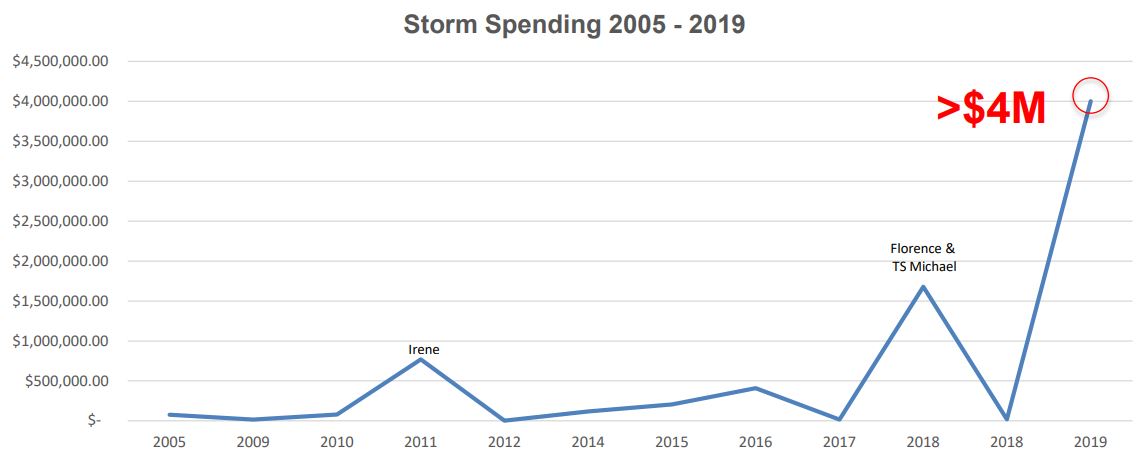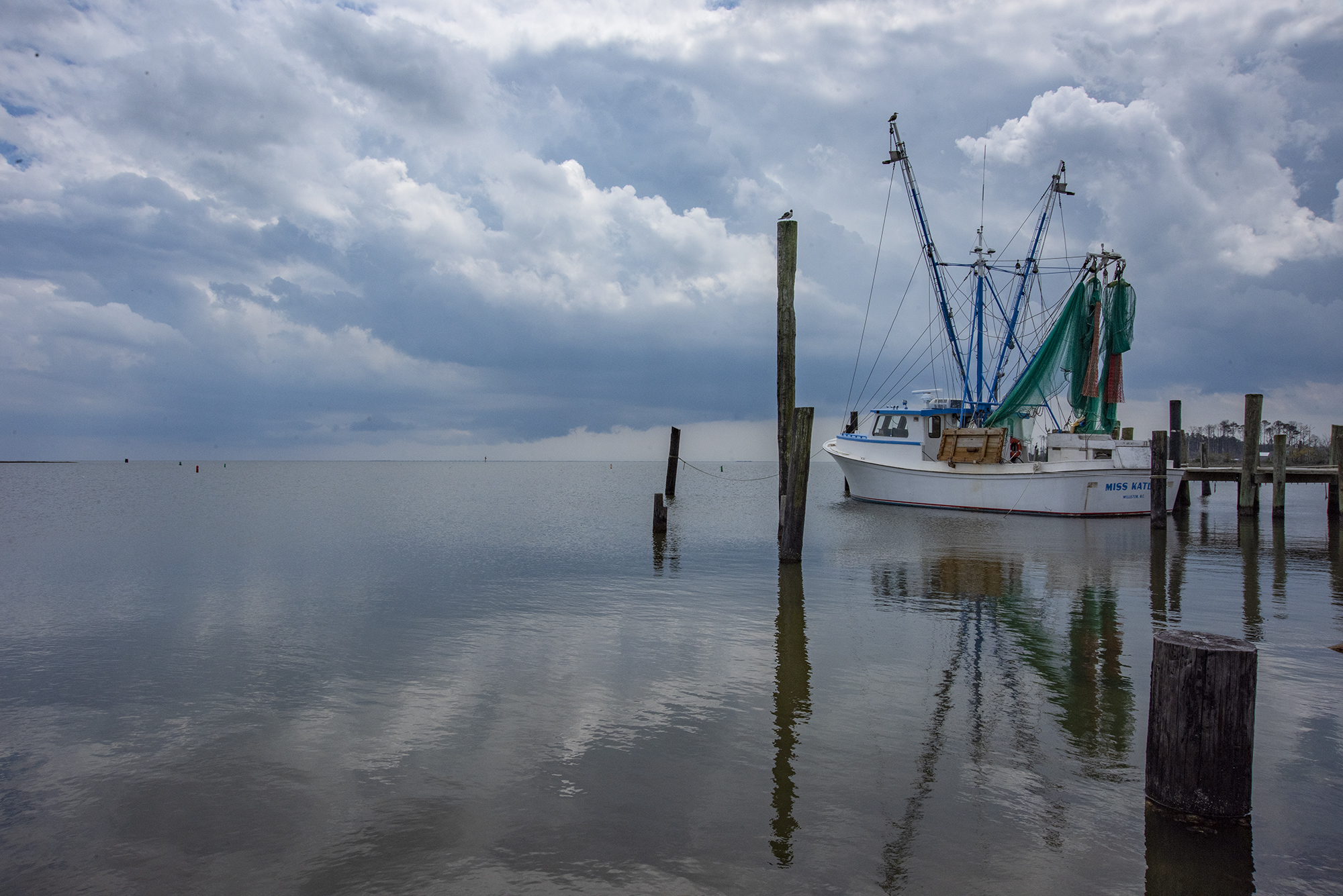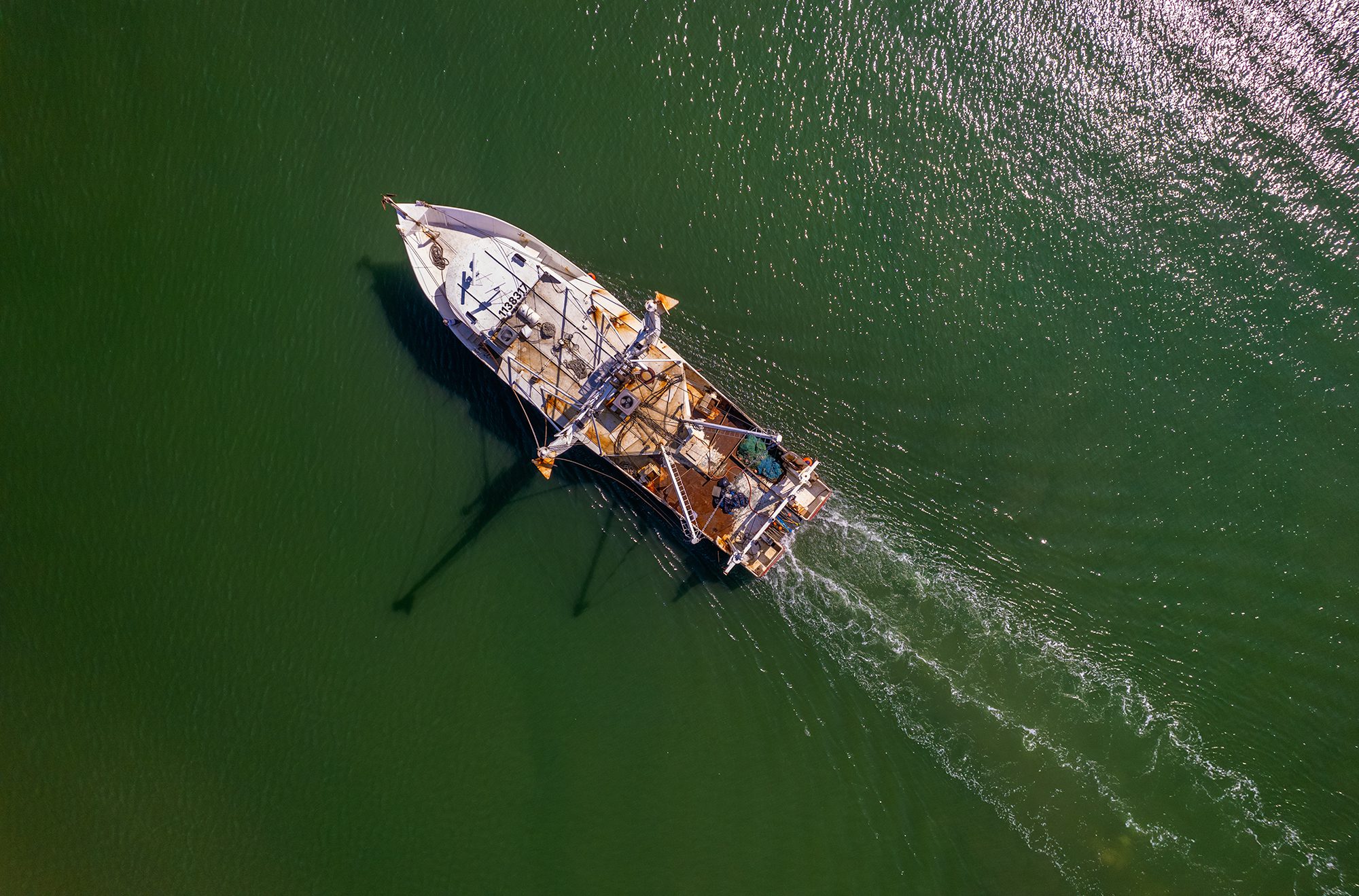
Ferry service employees had to work quickly after Hurricane Dorian to adapt in order to keep the response moving to a devastated Ocracoke Village, North Carolina Department of Transportation officials told a legislative panel last week.
The House Transportation Oversight Committee met Thursday to hear an update on the NCDOT Ferry Division’s hurricane response as part of an overall departmental review going into this year’s short session of the legislature.
Supporter Spotlight
Although damage was not as widespread as that from hurricanes Michael and Florence nearly two years ago, the financial hit to the ferry system from Hurricane Dorian was more than twice the $1.7 million cost of those storms combined.
As of Feb. 16, spending on Dorian preparation and recovery and repairs to damaged facilities had topped $4 million, according to the division’s latest estimates.
The bulk of the cost highlighted the role the division played in recovery for Ocracoke Island, where ferry service provides the only transportation link.
Immediately after the storm, ferry crews worked with the Coast Guard to test routes and reestablish service to the island. Limited service was restored Sept. 7, the day after Hurricane Dorian swamped the village, to move emergency supplies and personnel from the National Guard and Red Cross.
But Ferry Division Deputy Director Jed Dixon said that given the scope of the impact in the village and the extensive repairs needed to reopen N.C. 12, division officials decided to open a direct run between Hatteras and Silver Lake using a Pamlico Sound route similar to the one transited by division’s passenger ferry service, which started last summer.
Supporter Spotlight

With the larger, sound class vessels being used for the runs from Cedar Island and Swan Quarter, smaller vessels that are usually restricted to more protected river and sound crossings were employed.
“There was an urgency,” Dixon said. “These runs were challenging for us. We were only able to make those runs when weather permitted.”
Crews also had to work with ramps that were designed for larger ferries and were too steep to use for some vehicles.
Dixon said the extra run helped in the recovery at a critical time and provided additional ferry space for removing the massive amount of debris that followed the storm.
The division estimates it hauled off 26,861 stoves, refrigerators and other white goods and 6,780 tons of debris.
Dixon said the additional ferry runs were also important after a major setback on work to fully reopen N.C. 12 from South Dock to Ocracoke Village in November when a nor’easter struck the island.
“We had our challenges along the way. It seemed like at times Mother Nature just wouldn’t let up,” Dixon said, adding that fortunately NCDOT crews were positioned to move back into the work zone quickly.
“As soon as the weather subsided, we were right back at it. We had sandbags going in and were working to restore that road. Once the road was repaired, that took a lot of pressure off our sound routes to supply some more service.”
Work to repair damage to the stacking lanes for the South Dock station continues, Dixon said, including a shoreline stabilization project on areas that have seen repeated damage. He said that work is expected to be completed before the summer visitor season starts.
Costs tallied
Repairs made up $577,000 of the Ferry Division’s Dorian costs, so far, most of it on work to Ocracoke Island dorms and other infrastructure, which were flooded at the height of the storm.
Most repairs for the system are expected to be completed by May, except for work on the heavily damaged Ocracoke living quarters for crew and terminal, which could take 18 to 24 months to complete.
Major damage estimates include the following:
- $125,000 for Hatteras crew dorms.
- $30,000 for Hatteras grounds repair.
- $25,000 for Mann’s Harbor shipyard.
- $1.4 million for Ocracoke dorm rebuild.
- $175,000 for Ocracoke terminal.
- $75,000 for Ocracoke ticket booth.
- $50,000 Ocracoke grounds.
- $30,000 for Cedar Island terminal repairs.

Damage to employee dorms affects operations
Catherine Peele, planning and development manager for the division, said the damage to the dorms on Ocracoke and the lack of available housing after the storm made it more difficult to keep service operating.

She said it finally took a combination of hotel rooms and Federal Emergency Management Agency trailers to be able to keep ferry crews on the island.
“The main concern for the residents is that they wanted an early departure from Ocracoke to Swan Quarter so they could get over to the mainland and back in the same day,” Peele told legislators. “So being able to house those employees on Ocracoke, we were able to make that early morning run.”
The department purchased four FEMA trailers for employees and is seeking funds for another six. Peele said the trailers are not a long-term solution and once repairs to the dorms are completed, the division plans to keep some for temporary housing and disaster response in future emergencies.
Peele said the storm also had an impact on maintenance to the sound class vessels, but previously scheduled work was completed this winter.
She had some good news to report on tram service on the island. The original trams put into service last year with the debut of the passenger ferry were destroyed, along with most of the other vehicles on the island when floodwater swept across parking areas that usually remain high and dry during storms.
Peele said that Hyde County was able to obtain a grant from the Golden Leaf Foundation to replace the trams and that three trams will be available when passenger ferry service resumes this summer, with two more shortly after.







